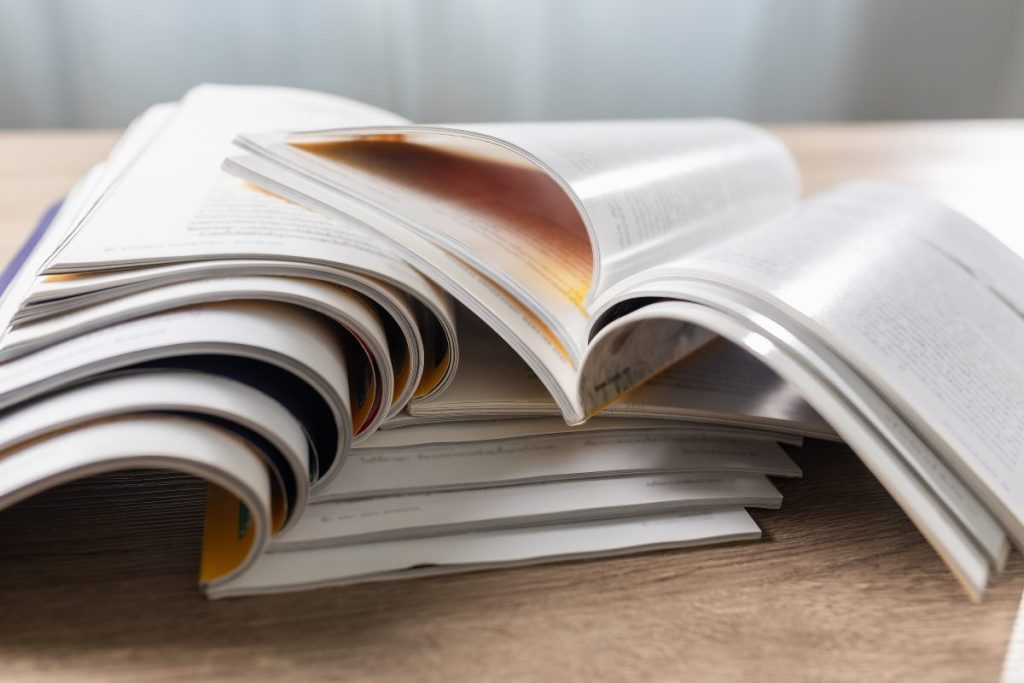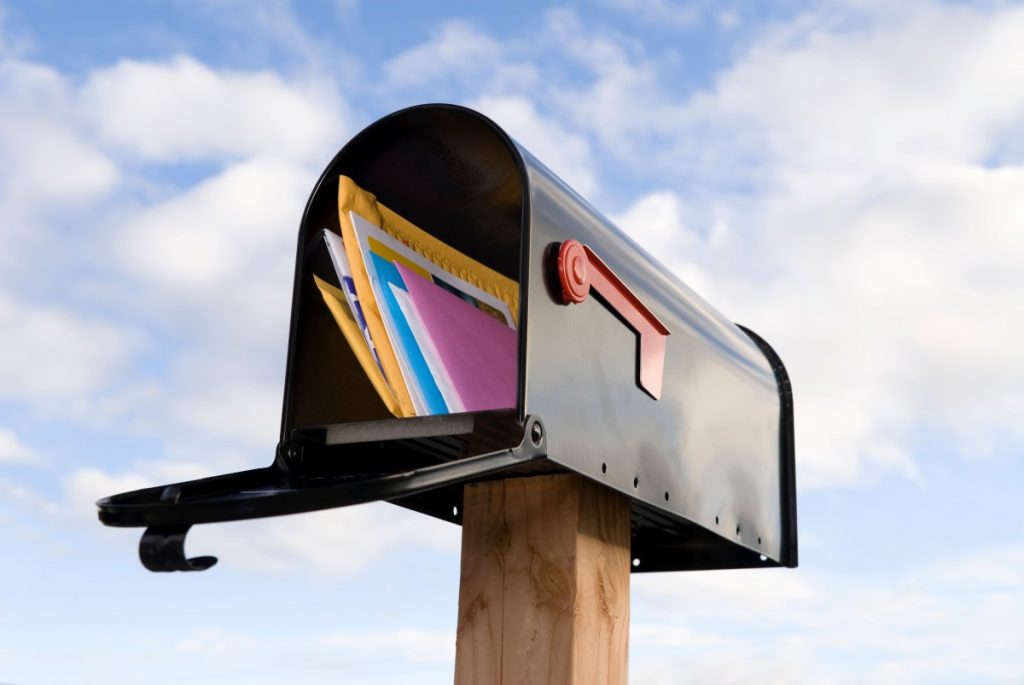

For publishers, the cost of printing is a significant factor in determining the viability, and ultimately the profitability of a project. Whether you’re producing a book, magazine or catalog, it’s important to understand the overall printing costs and what all goes into that number. In this blog, we’ll dive into the various costs associated with large-scale printing projects so you can have a solid understanding of the quotes you may be receiving from printing companies.
Factors That Contribute to Printing Costs
The final price tag on your printed product reflects a multitude of factors. Let’s dissect the core components that contribute to printing costs:
Materials
Paper is a substantial portion of overall printing costs. The weight, type and size all influence the cost. For magazines and catalogs, high-quality paper with special finishes can significantly increase the price. Opting for thicker paper with additional applications can help you create a durable, impressive-looking project, but it may result in increased costs.
Ink is also a factor in material costs. Black and white printing can help reduce costs, but won’t provide the same visual appeal as a well-crafted full-color print project. Similarly, specialty coatings can add to your printing costs but will result in an eye-catching final product.
Quantity
Printing costs typically follow an economy-of-scale principle. The more you print, the lower the cost per unit. This is because setup costs are spread across a larger volume. For example, printing 1,000 copies of a book might be considerably more expensive per unit compared to printing 10,000 copies.
Printing Method
Your chosen printing method significantly impacts the cost. Offset printing, the traditional method for large print runs, is cost-effective for bulk orders but has high setup costs. Within offset printing, there are two main options: web press and sheetfed. Web press is generally more cost-effective – while the setup costs can be high, it is more efficient in terms of impressions per hour. Web press is generally preferred for large runs of magazines and catalogs.
Sheetfed printing, on the other hand, is ideal for smaller print runs where quality and specialty applications are more of a concern. Sheetfed printing allows for more flexibility in paper choice and coating options, at the cost of overall printing efficiency. Sheetfed printing may be a better choice for projects like coffee table books, where quality and color accuracy are more important than speed.
Digital printing is a viable option for smaller print runs with tight turnaround times, as the setup costs are significantly lower than offset printing. However, the per-unit cost can be higher for larger print runs. Unfortunately, there’s no clear answer to which printing method is most affordable, as it depends heavily on your individual project specifications and quantity.
Binding
The binding method chosen for books and magazines affects the cost. Perfect binding is a common choice for larger page count magazines and catalogs, while saddle stitching is used for smaller lower page count magazines. Between these two options, perfect binding is usually more expensive, while saddle stitching is more cost-effective. However, perfect binding is generally considered the more durable, visually appealing option.
When looking at bookbinding, using a softcover can be a great way to save on costs, as hardcover books require a more complex and expensive binding process. Keep in mind that softcover books, while most cost-effective, are not as durable as hardcover books.
Planning and Project Management
Another often-overlooked factor in labor costs is the hours required to bring your project to print and oversee the printing process. Project management is a joint effort between your Sales Representative and Customer Service Representative, as well as the facility’s print scheduling staff. This combined effort ensures the project matches your vision, schedule and budget.
Packaging and Distribution
While it’s not technically a part of the printing process, the cost of packaging materials and shipping the finished product to distributors or retailers needs to be factored in. This cost can vary depending on the weight and size of the printed materials. Packaging can also increase labor costs, as it will require additional manpower to pack and label your printed products securely. However, a printer that handles distribution can end up saving you money, as they’ll be well-versed in USPS promotions and regulations.
Contact Walsworth for a Quote on Your Next Project
Understanding printing costs empowers you to make informed decisions. When you contact Walsworth for a quote on your next printing project, one of our dedicated Sales Representatives will walk you through everything that factors into the final price, from setup costs to paper. Additionally, our print experts may be able to find you new ways to save money.
Ready to get started? Contact us today to learn more about what sets Walsworth apart!
* This article was developed with assistance from Google’s PaLM 2 large language AI model.



